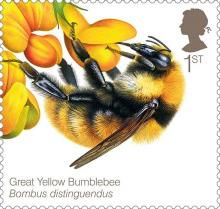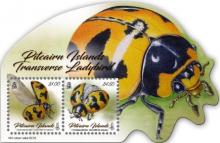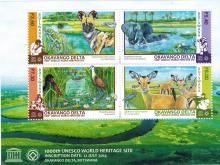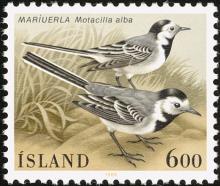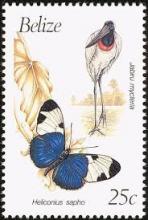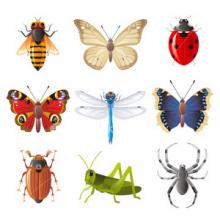Pestizide und Tier-Antibiotika in allen Fließgewässern Europas
Untersuchungen von Wasserproben aus 29 kleinen Wasserstraßen in zehn verschiedenen Ländern der Europäischen Union (Belgien, Dänemark, Deutschland, Großbritannien, Frankreich, Italien, Niederlande, Österreich, Polen, Spanien) zeigten erschreckend hohe Rückstände an Pestiziden und Tierarzneimitteln. Gefunden wurde die sagenhafte Menge von 103 Pestiziden und 21 Tierarzneimitteln. Stoffe, denen Tiere in der Umwelt ausgesetzt sind, die gar nicht Ziel der Präparate sind.



